TL;DR
Green grass enhancement and digital lawn replacement turn dull or patchy yards into inviting exteriors that elevate curb appeal and engagement. Thoughtful exterior editing in real estate photos increases clicks, saves time compared with physical fixes, and makes listings feel move‑in ready. Use precise color work, realistic textures, and ethical, natural‑looking edits to earn buyer trust.
Opening Context: Curb Appeal Starts With the Lawn
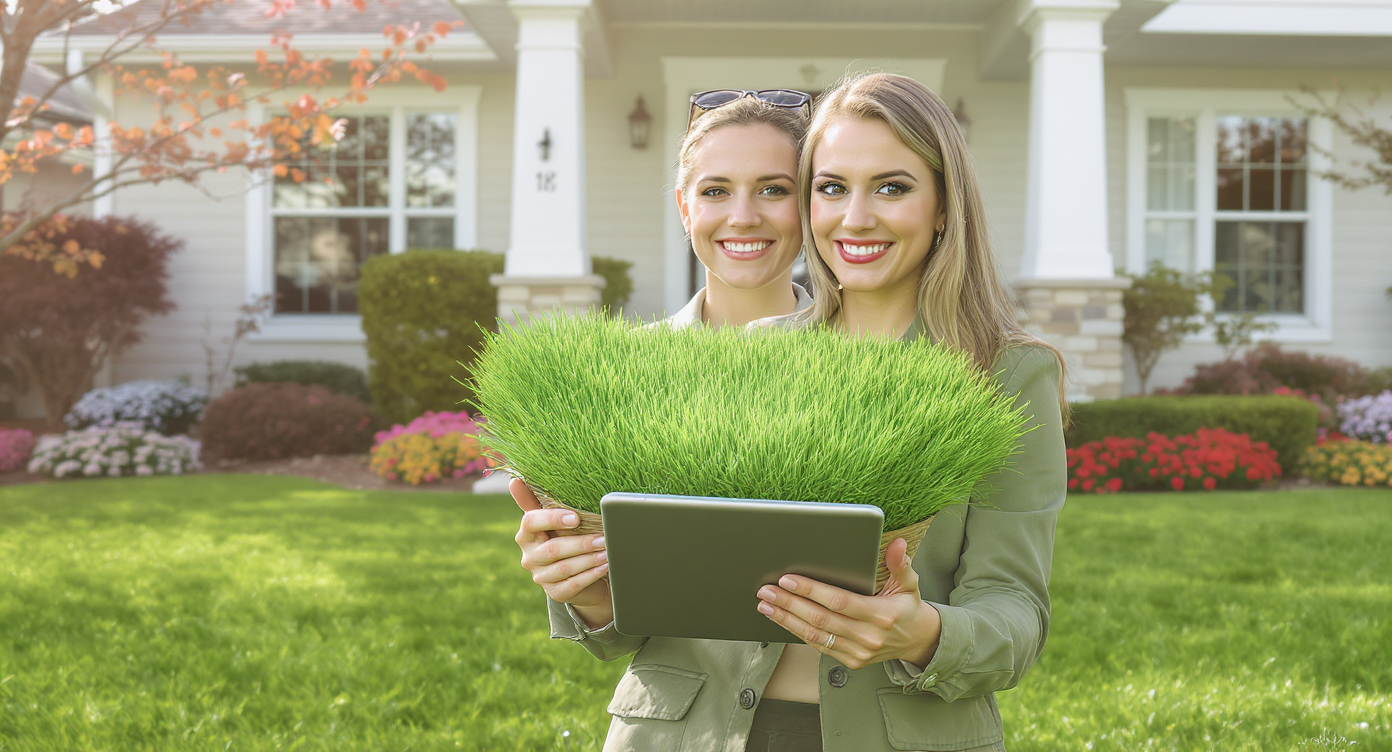
First impressions matter: a pristine lawn in listing photos attracts buyer attention instantly.
Exterior listing photos typically draw the most clicks and dwell time when buyers browse online. Lawn enhancement, green grass enhancement, and lawn replacement are small edits with outsized impact on curb appeal in real estate photos. When grass looks brown, patchy, or tired, buyers subconsciously anticipate costs and maintenance, and they keep scrolling. A clean, cohesive yard—achieved through careful exterior editing and digital landscaping—suggests stewardship, sunlight, and space for living. In the first 100 words of a listing, the promise is visual: a crisp roofline, a neat path, and a believable, healthy lawn. That’s where virtual grass enhancement for real estate agents can make a listing stand out without overpromising.
What Is Lawn Enhancement and Green Grass Enhancement?

Lawn enhancement digitally transforms tired grass into a vibrant, healthy green carpet for photos.
Buyers form snap judgments from the lead photo in seconds, anchoring expectations before reading details. Lawn enhancement is the practice of improving grass aesthetics in real estate photos—color, texture, density—so the yard reads as healthy and well kept. Green grass enhancement focuses on accurate, natural greens, while lawn replacement digitally patches or substitutes dead areas with realistic turf that matches perspective, light, and season. How digital lawn enhancement works: editors assess the image, mask the grass, tune hue/saturation and luminance, and, when needed, overlay high‑resolution grass textures with grain and blade direction aligned to the camera angle. They blend edges, add soft shadows, and calibrate greens to surrounding foliage. The result is a yard improvement that feels invisible—an exterior refresh that supports, rather than steals, attention from the home. A quick workflow for real estate exterior editing: assess trouble spots, mask precisely, correct color first, replace only where necessary, reintroduce natural variation, then export web‑optimized files. Ethical editing is key: represent the property fairly, avoid impossible transformations, and keep lawn enhancement consistent with local seasonality.
Anecdote
We listed a Craftsman the week after a drought. Rather than repaint the entire lawn, the editor replaced only the sun‑burnt strip along the walkway and softened saturation to match the hedges. Showings doubled compared with a similar property down the block.
Why Healthy, Green Lawns Increase Online Buyer Engagement

Healthy lawns increase buyer engagement by signaling property care and value visually.
People infer maintenance quality from exterior cues like grass color, edging, and texture continuity. Healthy, green lawns increase online buyer engagement because curb appeal sets an emotional baseline. In listing photos, the eye follows strong lines: driveway, walkway, and the green plane of the yard guiding attention to the front door. When grass is vibrant—but not neon—buyers interpret the scene as bright, cared‑for, and ready to enjoy. That perception nudges longer viewing time and more clicks to the full gallery. Curb appeal psychology is simple: order equals ease. Clean edges, believable color, and even texture imply fewer surprises inside. Strategic lawn enhancement also stabilizes overall color balance, letting siding, shutters, and sky look truer. For agents, that means higher thumbnail performance and a smoother path from curiosity to inquiry.
Common Mistakes in Lawn Editing (And How to Avoid Them)

Avoid over-editing; subtle lawn enhancements maintain trust and natural curb appeal in photos.
Over‑editing erodes trust, while subtle exterior editing builds confidence. Here are the most common lawn enhancement pitfalls in real estate photos and how to avoid them:
- Over-saturated greens: Neon lawns feel fake. Keep hues warm‑neutral, with saturation slightly under nearby foliage.
- Texture mismatch: Copy‑pasted grass without grain or blade direction looks plastic. Use textures that match lens distance and depth of field.
- Unrealistic shadowing: Grass should carry the home’s light direction. Add soft, consistent shadows under trees, fences, and steps.
- Editing only the foreground, leaving patches visible: Treat the full yard plane so transitions at mid‑ground don’t reveal the original brown spots.
- Ignoring the home’s lighting direction: Calibrate highlights and contrast so the lawn aligns with sun angle and sky color.
Tools, Workflow, and Digital Lawn Replacement for Curb Appeal

Digital tools and workflow streamline lawn replacement, ensuring consistent, high-quality curb appeal photos.
Outsourcing saves agents hours per listing while keeping visual standards consistent across portfolios. Digital landscaping for curb appeal is most effective when paired with a clear, repeatable process: - Assess: Identify brown patches, uneven exposure, and where replacement is truly needed. - Mask: Create clean selections around turf, paths, and beds; protect edges like stonework and mulch. - Replace: For problem areas, use digital lawn replacement that respects perspective lines and depth of field. - Blend: Add subtle shadows, grain, and noise to marry new grass with the original scene. - Calibrate: Compare greens to trees and shrubs; adjust hue/sat/luminance for realism. - Output: Keep a print‑quality master and an MLS‑ready version for fast load times. Tools & Resources (neutral recommendations) - For AI green grass enhancement, lawn replacement, and digital landscaping at speed: ReimagineHome - For manual lawn replacement and exterior editing with human oversight: Styldod Choosing the right path depends on volume and complexity. AI accelerates routine grass makeovers and batch workflows; manual services excel when complex lighting, mixed materials, or bespoke yard improvement is needed. In both cases, insist on color‑accurate outputs and seasonally appropriate greens.
Visualization Scenario
Picture a wide shot at golden hour: cool sky, warm siding, and a lawn that’s soft, varied, and shadow‑aware—no neon greens, no pasted carpets—just believable grass guiding the eye to the front door.
FAQ: Lawn Enhancement, Green Grass Enhancement, and Lawn Replacement in Real Estate Photos
Q: What is the best green grass enhancement for property listings? A: The best approach combines careful color correction with selective lawn replacement where needed, keeping greens natural to boost curb appeal in real estate photos. AI tools can speed virtual grass enhancement for real estate agents, while manual retouching refines details. Q: How do I fix dead grass or replace brown grass in real estate photos without it looking fake? A: Start with hue/saturation adjustments, then apply digital lawn replacement for curb appeal only on problem areas and match shadows and texture. This how to replace brown grass in real estate photos workflow keeps edits believable. Q: Is lawn enhancement ethical for MLS listings? A: Yes, when edits are realistic and representative of achievable yard improvement. Avoid impossible transformations and disclose material changes; green grass enhancement should clarify, not mislead. Q: Which is faster: AI or manual lawn replacement? A: AI is faster for batch editing and virtual grass enhancement, while manual exterior editing offers the most control for complex lighting. Many teams blend both for how to improve outdoor listing photos efficiently. Q: How can I make outdoor listing photos load quickly without losing quality? A: Export web‑optimized JPEGs at appropriate dimensions after lawn enhancement, and keep color profiles consistent. This preserves real estate photos quality while improving performance on listing sites.
Soft Closing Reflection
Curb appeal is the first handshake. When the grass looks right—believably green, softly shadowed, and tidy—the whole property reads as cared‑for. Thoughtful lawn enhancement doesn’t trick buyers; it translates what the seller intends to show on their best day. Do the quiet work: match the light, respect the textures, and keep the greens honest. Trust follows, and so do showings.
.svg)

.svg)


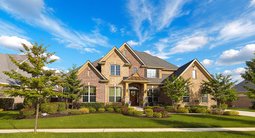
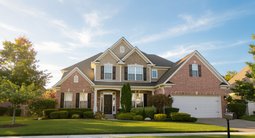


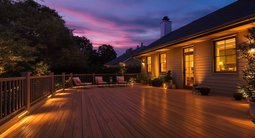
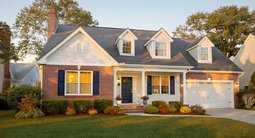






.png)